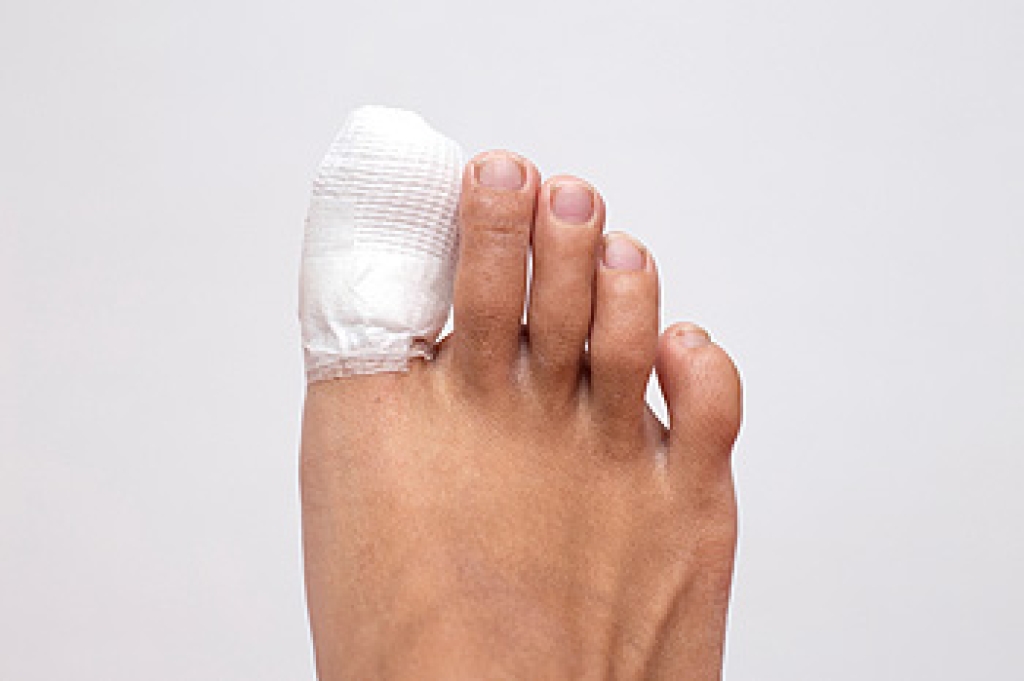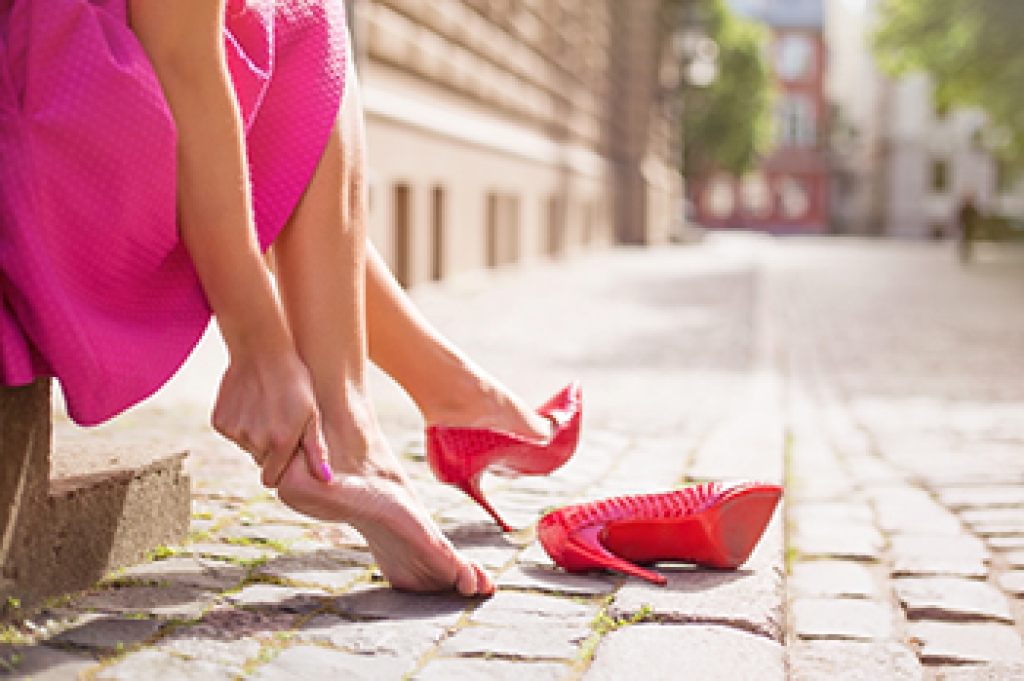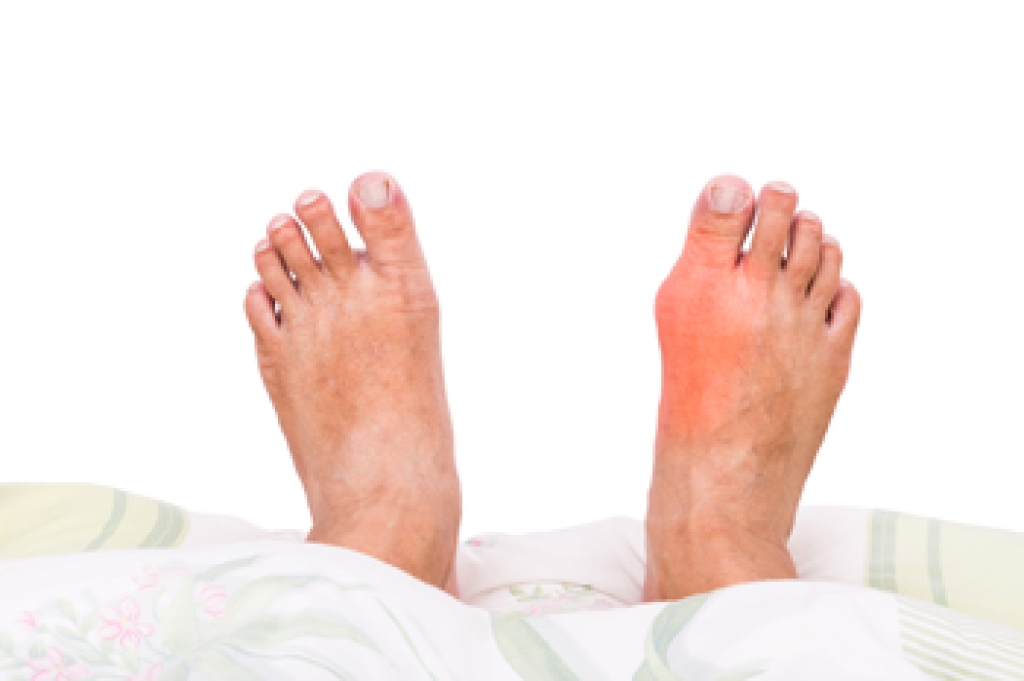 People who are interested in achieving their best performance in athletics are often aware of the impact wearing the right shoe can have. Research has indicated sprinters, runners, and joggers have toes that are strong. The big toe is considered to be one of the most important parts of the foot, and it is used in athletic movements. This part of the foot needs to be flexible as it strikes the ground with astounding force. There are specific exercises that can improve the strength of the big toe. These can include toe curls and calf raises with emphasis on the big toe. Range of motion can be improved while standing on a tennis or golf ball, in addition to massaging the sole of the foot. If you would like more information about the benefits of stretching the feet, please consult with a podiatrist.
People who are interested in achieving their best performance in athletics are often aware of the impact wearing the right shoe can have. Research has indicated sprinters, runners, and joggers have toes that are strong. The big toe is considered to be one of the most important parts of the foot, and it is used in athletic movements. This part of the foot needs to be flexible as it strikes the ground with astounding force. There are specific exercises that can improve the strength of the big toe. These can include toe curls and calf raises with emphasis on the big toe. Range of motion can be improved while standing on a tennis or golf ball, in addition to massaging the sole of the foot. If you would like more information about the benefits of stretching the feet, please consult with a podiatrist.
Stretching the feet is a great way to prevent injuries. If you have any concerns with your feet consult with one of our podiatrists from Westside Podiatry Center, LLP. Our doctors will assess your condition and provide you with quality foot and ankle treatment.
Stretching the Feet
Stretching the muscles in the foot is an important part in any physical activity. Feet that are tight can lead to less flexibility and make you more prone to injury. One of the most common forms of foot pain, plantar fasciitis, can be stretched out to help ease the pain. Stretching can not only ease pain from plantar fasciitis but also prevent it as well. However, it is important to see a podiatrist first if stretching is right for you. Podiatrists can also recommend other ways to stretch your feet. Once you know whether stretching is right for you, here are some excellent stretches you can do.
- Using a foam roller or any cylindrical object (a water bottle or soda can will do), roll the object under your foot back and forth. You should also exert pressure on the object. Be sure to do this to both feet for a minute. Do this exercise three times each.
- Similar to the previous one, take a ball, such as a tennis ball, and roll it under your foot while seated and exert pressure on it.
- Grab a resistance band or towel and take a seat. If you are using a towel, fold it length wise. Next put either one between the ball of your foot and heel and pull with both hands on each side towards you. Hold this for 15 seconds and then switch feet. Do this three times for each foot.
- Finally hold your big toe while crossing one leg over the other. Pull the toe towards you and hold for 15 seconds. Once again do this three times per foot.
It is best to go easy when first stretching your foot and work your way up. If your foot starts hurting, stop exercising and ice and rest the foot. It is advised to then see a podiatrist for help.
If you have any questions please contact one of our offices located in Liverpool, Camillus, Skaneateles, Oswego, and Cicero, NY . We offer the newest diagnostic and treatment technologies for all your foot and ankle needs.




